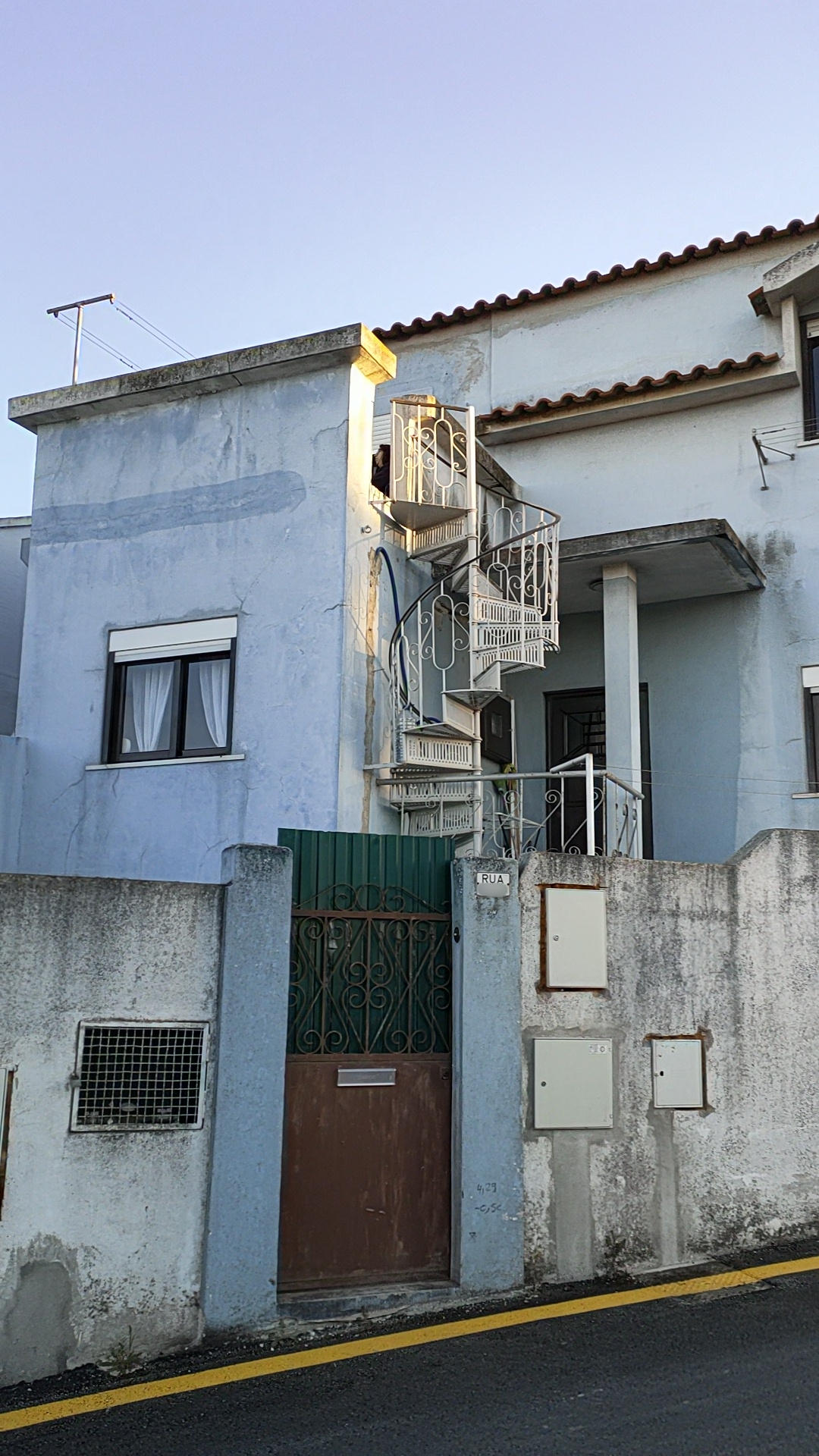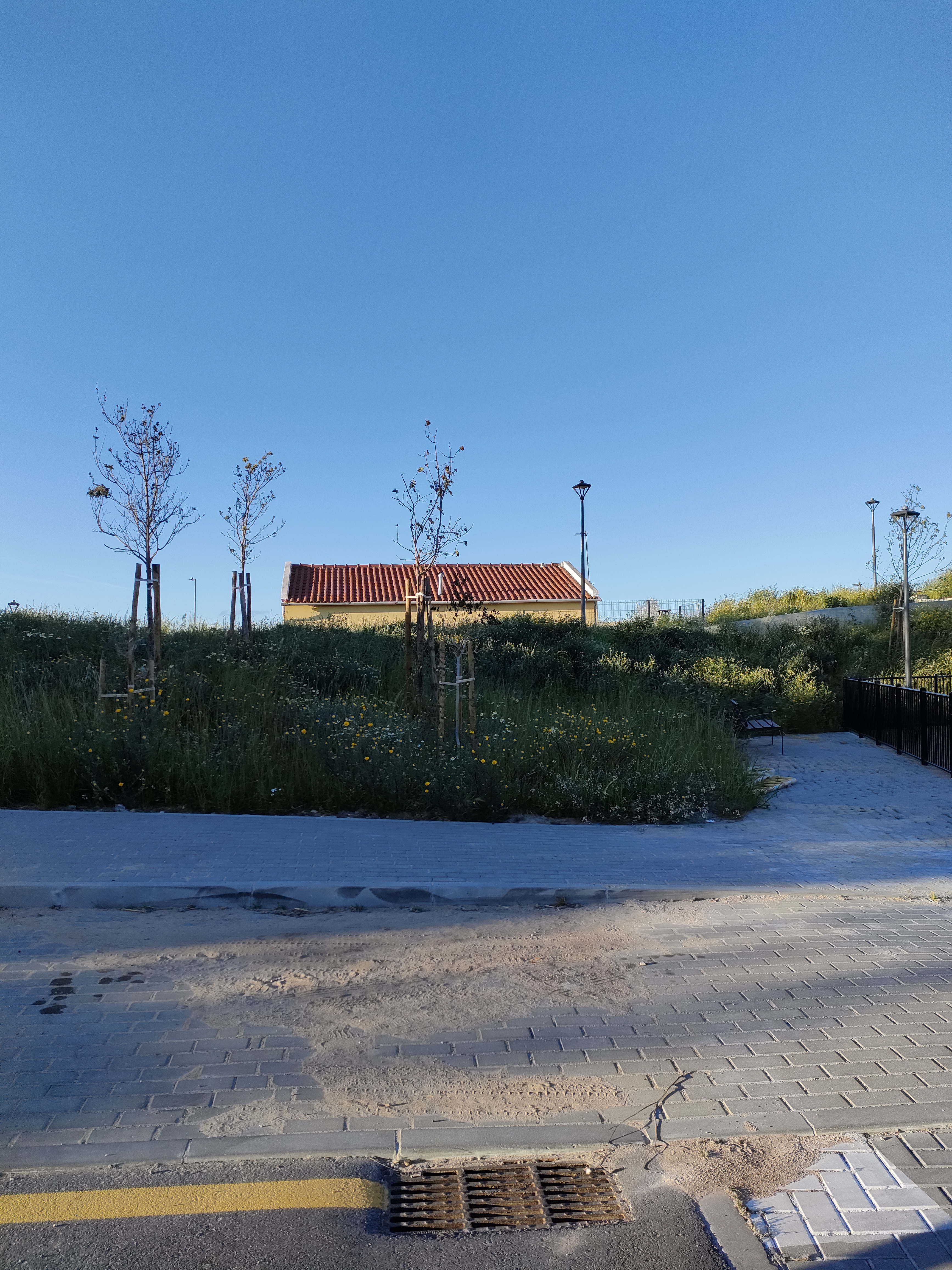- Living in Lisbon informally. A short tale -
After April 25, 1974, the population of the neighbourhood grew as Portuguese people returned from former colonies that were gaining independence. Angola and Mozambique were the two countries from which the largest number of people came.

©esterdonninelli

©esterdonninelli
The municipality granted the already partially occupied land, and additional shacks were built over the years. Each family took it upon themselves to adapt and improve their dwellings, gradually replacing mud, wood, stones, and corrugated iron with bricks and cement. Single-family homes of one, two, and occasionally three stories were built. Some were surrounded by a strip of garden or had a small vegetable patch, reminiscent of the housing styles in the areas where the residents originated and, obviously a way to get some food.

©esterdonninelli

©esterdonninelli
The municipality promised to legalize the dwellings, but for decades, the situation remained stagnant, with families living in constant fear of forced eviction. In 2017, the official redevelopment works for the neighbourhood were approved by the municipality, which included the complete replacement of the sewage, electrical, gas, lighting, water, and telecommunication systems. It also seems that the process of legalizing the neighbourhood had started in that year.

©esterdonninelli

©esterdonninelli
The construction works began in 2021. I believe they have been completed, but there is a lack of green spaces, shops, and a gathering centre for the elderly, who represent the largest age group. There is a lack of urban identity because the residents have already given to their homes their own architectural identity, building them brick by brick with their own hands.
The Residents' Association has been fighting since 1990 for the legalization of the bairro and for improving the living conditions of its population.
This story is just one of the stories about the processes of non-change in a city as Lisbon, the frictions opposed to urban improvement, which should mean a tangible improvement in the lives of everyone.
11 may 2023
